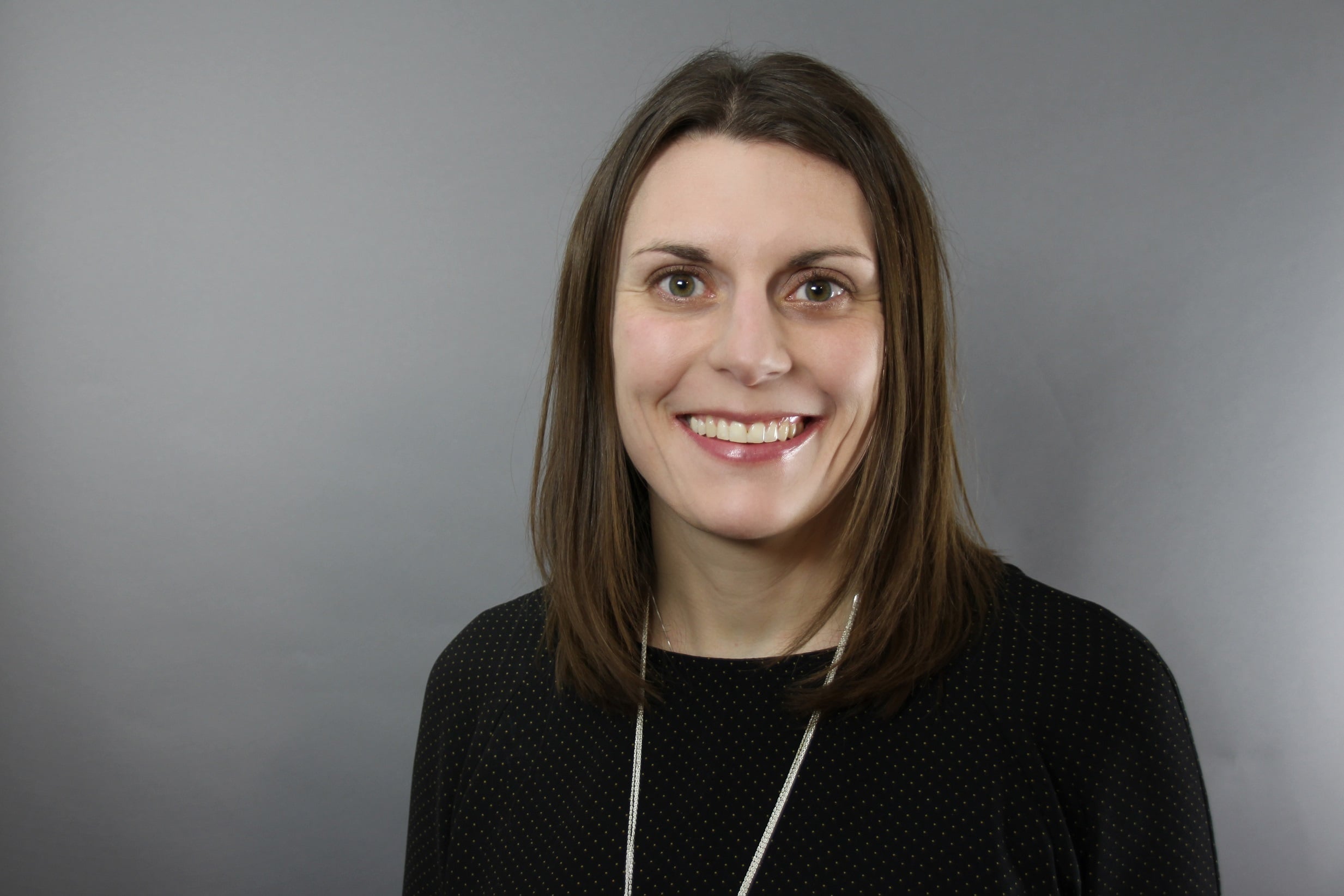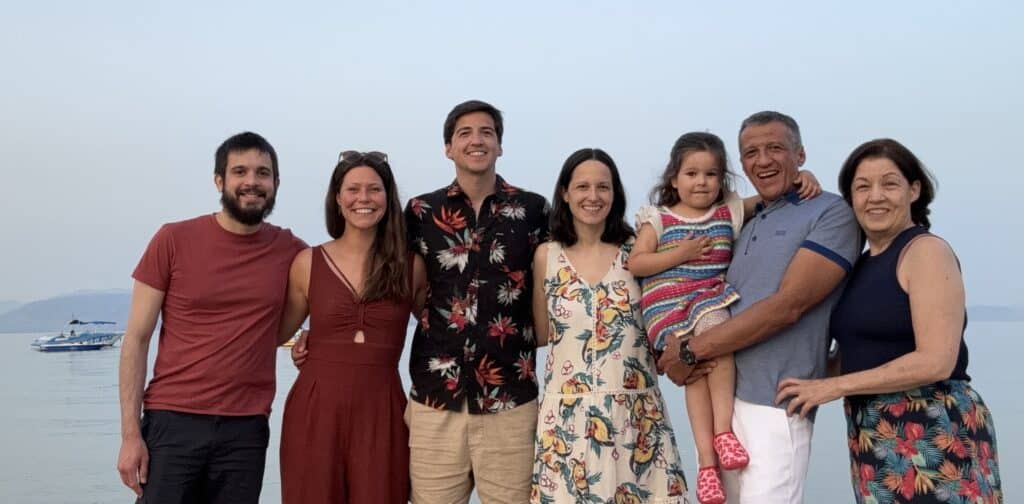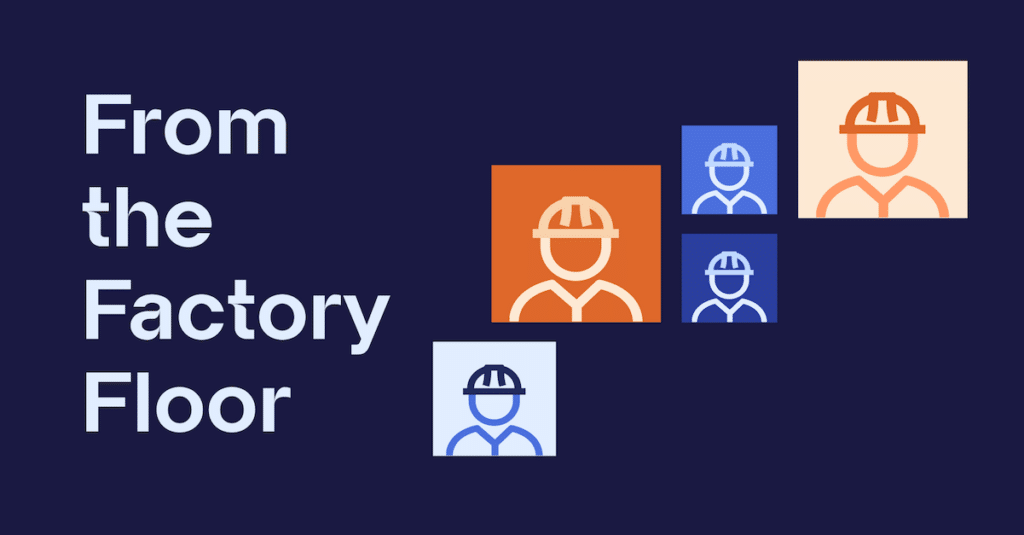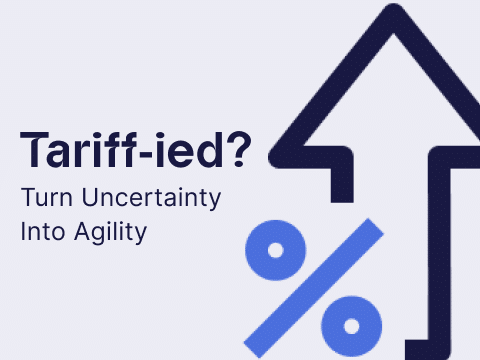
Why did they succeed where so many others have failed? In this series, we profile manufacturing leaders who rapidly scaled digital innovations across their organizations. While united by a people-first mentality, they each come backed by their own experiences and style. For this edition, we talk to Alvaro Cuba Simons, who has worked his transformational magic worldwide across many industries. “If we put the best of ourselves with the best of everyone else, we can really get somewhere – and fast. It’s the people that make things happen.”
Alvaro Cuba Simons has been around the block. Born in Peru, he worked in 70+ countries throughout his career. He has also held many titles, from Operations & Supply Chain to commercial and general management, across various industries, including CPG, textiles, automotive, and electronics.
His last role was as a senior vice president at Mondelēz International, where he led the E2E supply chain for North America and oversaw 9,000 people, 16 manufacturing sites, 78 warehouses, 35,000 delivery points, and a net revenue of $8 billion.
As a university professor and an avid reader of history, he has one rather surprising regret: not having studied enough. “I did engineering and business and then stopped. If I had done subsequent complementary studies that were more people- and finance-oriented, I think I could have gone further, faster. But it’s fine, the world became my classroom, and in the end, I got the breadth of experience through work,” smiles Alvaro.
And like other Fast Track Mavericks, he’s naturally likable, down-to-earth, and has a very liberal definition of “semi-” when it comes to “semi-retired” – since today, he stays very busy as a consultant, social entrepreneur, and volunteer.
Within two years, it’s ingrained and sustainable, and people are hungry to make the next leap. And by then, I’m off to my next adventure.
Starting Fires
When describing his roles in supply chain and as GM, Alvaro makes it sound simple. “I try to understand the situation and everything that’s happening around, and then devise a strategy and why we’re going there. This ‘Why?’ is important for the next part: explaining to everyone – up, down, and around – what’s in it for them. Since they’re going to be the ones who will make it happen. Then, I give them the resources they need – whatever it might be: training, technology, capital, expertise, support. And with those elements, they get to work and get it done.”
“Normally, within a year, it’s on fire and spreading – with everyone recognizing the value. Within two years, it’s ingrained and sustainable, and people are hungry to make the next leap,” smiles Alvaro. “And by then, I’m off to my next adventure.”
Other Fast Track Mavericks On How To Scale Innovation:
Scott Reed: ‘Going Beyond The Firefighting And Really Solving Something’
Terry LeDoux: ‘Nobody said you can’t move fast’
Dave Penrith: ‘If People Feel Safe, They Fly’
Global Understanding Through Agile Learning
Alvaro credits his diverse global experiences with helping him successfully push through innovation. “It already started in Peru. You still have to make it work even when you have minimal resources. So, you must be very curious and willing to learn new things. And it’s interesting: at the end of my career, the number one attribute to hire people was learning agility,” says Alvaro.
“At the same time, there may not be many opportunities in developing countries, so you need to be open to go live and work elsewhere in the world – Brazil, Costa Rica, Canada or the US, as it was in my case. You need to be open to the opportunities that come to you.”
“All these experiences were a great school – different jobs, countries, industries. And I tried to understand the situation each time – the industry, customers, suppliers, internal customers, everyone. What needs to change? Sometimes, the changes were drastic. Other times, it was not dramatic, but change was always needed.”
Once everyone got it and understood what was in it for them – that the new way made their jobs easier and more fulfilling – it all went very fast.
Uniting Under A ‘Why?’
“One time in North America, we had a complex merger to do, not only in terms of supply chain and manufacturing, but also procurement and customer service. We had to bring together these two completely different teams with different strategies and create a common one. Again: we needed to explain the Why? to get all these different people connected and excited about the new project. And people and technology made it possible: once everyone got it and understood what was in it for them – that the new way made their jobs easier and more fulfilling – it all went very fast.”
“In fact, it was the first time I experienced a CEO saying you won’t have enough time to do all this. Usually, they push for tighter deadlines and higher targets. But I said it was fine and by the end of the year, we not only achieved, but surpassed, our goals. And as a team, we won the company’s biggest award.”
Right People, Right Place
“Once you understand what needs to happen in terms of change, the second part is getting the right people in the right place. You want the people who understand and who go, ‘Yeah! I love it!’ They understand what’s in it for them, what’s in it for the customers or consumers, and what’s in it for the business. Win-win-win.”
Technology is on an acceleration curve in how it impacts what you do and makes things easier. You no longer have to take two years to achieve your goals.
“And once you do this process, you can do it again faster because you already have the trust and support. They know it benefits everyone and technology is a huge enabler,” says Alvaro. “And as time progresses, especially in the last few years, technology is on an acceleration curve in how it impacts what you do and makes things easier. You no longer have to take two years to achieve your goals.”
Empowerment As Value Chain
Looking at his career highlights, it becomes obvious that Alvaro is in the empowerment business. “Back in Brazil, a lady who was a very humble and shy machine operator became the safety spokesperson for this 5,000-person factory. She got really busy living it day-in-day-out – and found her voice doing that. And she didn’t stop at the factory: she brought the same ideas to her community – because the same safety issues also apply to the larger world. In other words, she became a leader.”
Later, Alvaro inspired a group of lady operators in Mexico to become leads in the factory’s TPM efforts. “They were so passionate. They became role models. And we used to have a lab where we trained them. We agreed when the local university asked if their graduate students could borrow our lab. And it was these ladies who taught all the technical aspects to the graduates.”
We can all be inspired by positive energy. Whether it’s Gandhi’s humble and non-imposing manner or how Mandela saw so much potential in everyone, these are universal truths we can all learn from.
What’s Good For One Is Good For All
Whenever Alvaro moved on to another role, country, or company, he looked for a mentor. “They would be several levels higher. I never stopped looking for these kinds of people who can inspire me. I also look at world figures like Mandela and Gandhi and how they sparked a revolution. Of course, they were on a much larger scale, but many similar elements exist in the business world. We can all be inspired by positive energy. Whether it’s Gandhi’s humble and non-imposing manner or how Mandela saw so much potential in everyone, these are universal truths we can all learn from.”
If the results are going to be a step change, it will benefit everyone on some level. Everyone grows.
Certainly, Alvaro has a one-world philosophy. For instance, he didn’t use different approaches for C-Suite than he did for those working on the floor. “It was never like two different worlds. The ‘What’s-in-it-for-them?’ may be different. But if it saves time, effort, and money, you’ll have no problem finding support and capital. And if it improves the quality of your work life, you can convince the floor. And that’s when you get to your sweet spot. Normally, in my experience, if the results are going to be a step change, it will benefit everyone on some level. Everyone grows.”
“My big advice is to go in with all your energy and be open and curious – do the full listening to what’s being said with words and without words. Then, you need to leverage the idea of the full community working together. As people, we all have our good and not-so-good parts, and if we put the best of ourselves with the best of all the rest, we can get somewhere. Together we can make change. This applies not only to the business world but also to social-environmental work, charity work, and the community you live in. Looking back, it’s that sense of camaraderie that comes with change that I miss most.”
Learn about ‘Augury’s Fast Track Methodology For Full Enterprise Roll-Out’




